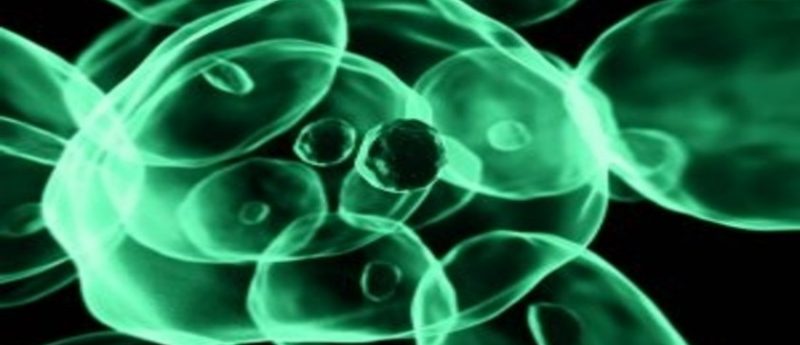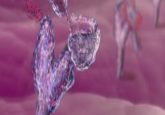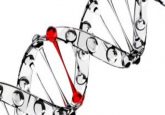Could activating proteins that support cell motility actually impede glioblastoma spread?

The lethality of aggressive glioblastomas lies within their widespread ability to resist both surgery and chemoradiotherapy, and subsequently invade surrounding healthy tissue. A new laboratory study, published recently in Molecular Biology of the Cell, has presented details of a novel method of potentially preventing the cell migration associated with this invasive spread.
The collaborative study, carried out by a team of investigators from both the University of Toledo Health Science Campus (OH, USA) and Van Andel Research Institute (MI, USA), built upon previous work carried out by the senior author Arthur Alberts (Van Andel Research Institute) in which he uncovered a bioactive peptide termed DAD and small molecules called intramimics.
DAD and intramimics are involved in the activation and regulation of proteins termed DIAPHs, which have previously been determined to have a vital role in glioblastoma spread. In this study, corresponding author Kathryn Eisenmann (University of Toledo) and her team determined that maintaining DIAPHs, in particular mDIA, in a constitutively active state through use of DAD, intramimic-01 and intramimic-02 prevented glioblastoma cells from invading healthy tissues.
“Metastatic tumor cells are like any moving vehicle – all of the wheels need to be pointed in the right direction when power is applied,” commented Alberts. “DIAPHs build the structures that hold and point all the wheels moving cells in the right direction. Dr Eisenmann’s data suggests that DIAPH activation or ‘agonism’ locks all wheels into arbitrary directions, so no matter how hard you push the pedal down, the tumor cells won’t move.”
Previous attempts to develop therapies to halt glioblastoma spread focused on inhibiting mDIA – a protein centrally involved in altering cell structure to support tumor motility – yet prior to this study little work had been carried out investigating the activation of mDIA as a therapeutic strategy.
Both Alberts and Eisenmann hope to next assess the potential efficacy of this activation strategy in preclinical models, with an eye to potentially translating this discovery to the clinic.
“New therapies for glioblastoma are desperately needed,” explained Eisenmann. “We hope our latest finding will lead to a novel and effective treatment for this extremely aggressive cancer.”
Sources: Arden JD, Lavik KI, Rubinic KA et al. Small molecule agonists of mammalian Diaphanous-related (mDia) formins reveal an effective glioblastoma anti-invasion strategy. Mol Biol Cell. doi: 10.1091/mbc.E14-11-1502 (2015) [Epub ahead of print]; Van Andel Research Institute press release
Also featured on our sister site, www.neuro-central.com




